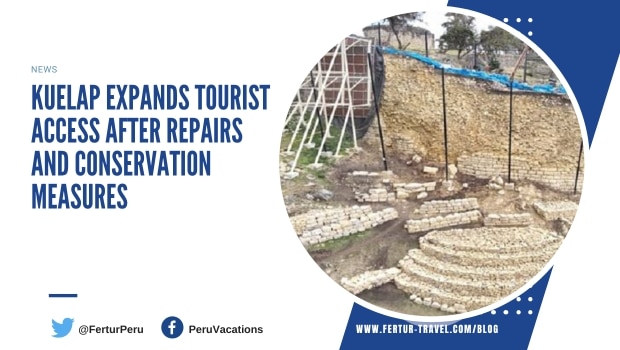
Kuelap Expands Tourist Access After Repairs and Conservation Measures
Kuelap, the ancient Chachapoya fortress high in Peru’s cloud forest, increased tourist access this month as the archaeological site continues to recover from a major wall collapse in April 2022.
Restricted to 144 visitors per day in small groups over the past year, the site is now welcoming up to 432 visitors daily, albeit with stricter rules and improved conservation measures.
The increased visitor limit comes after extensive repairs and ongoing work to preserve the citadel, one of Peru’s most significant archaeological treasures.
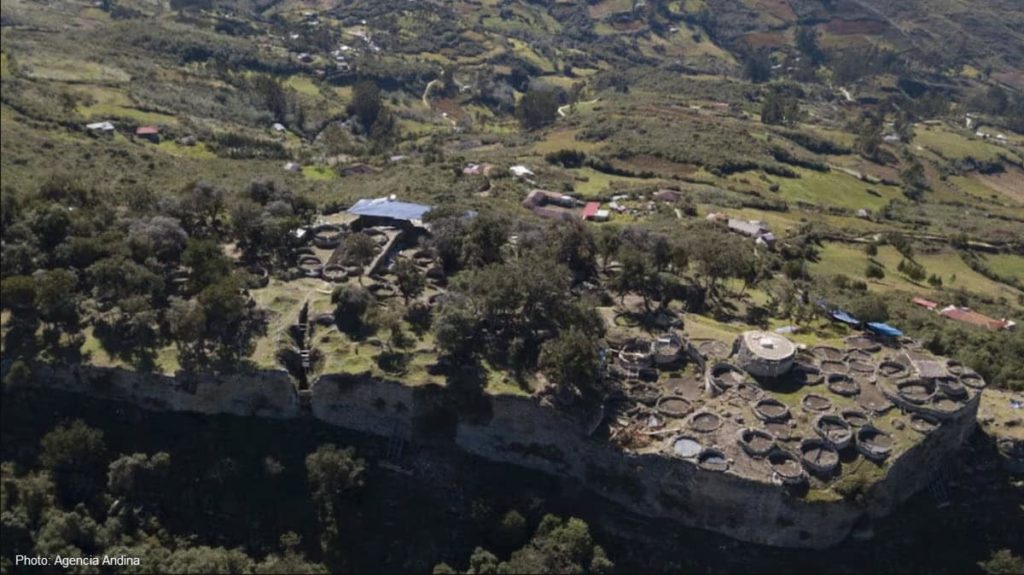
Restoration and Conservation Efforts
Archaeologists and conservation teams spent the last two years removing debris, repairing the collapsed wall and reinforcing other vulnerable sections of the fortress,
A five-year conservation program for Kuelap, set to begin in 2025, will address more extensive issues with the site. The plan, which has a budget of 6 million soles (around $1.6 million), will focusing on 28 areas, covering nearly 21,000 square meters, to stabilize walls and improve drainage systems.
The budget also allots resources for archaeological research, focusing on 16 areas of the Chachapoya site to understand its cultural significance, the original construction techniques used to build it and phases of occupation.
Kuelap is thought to have served as a major political, religious, and military center for the civilization, which inhabited the region for centuries before fending off invasion by the Inca Empire.
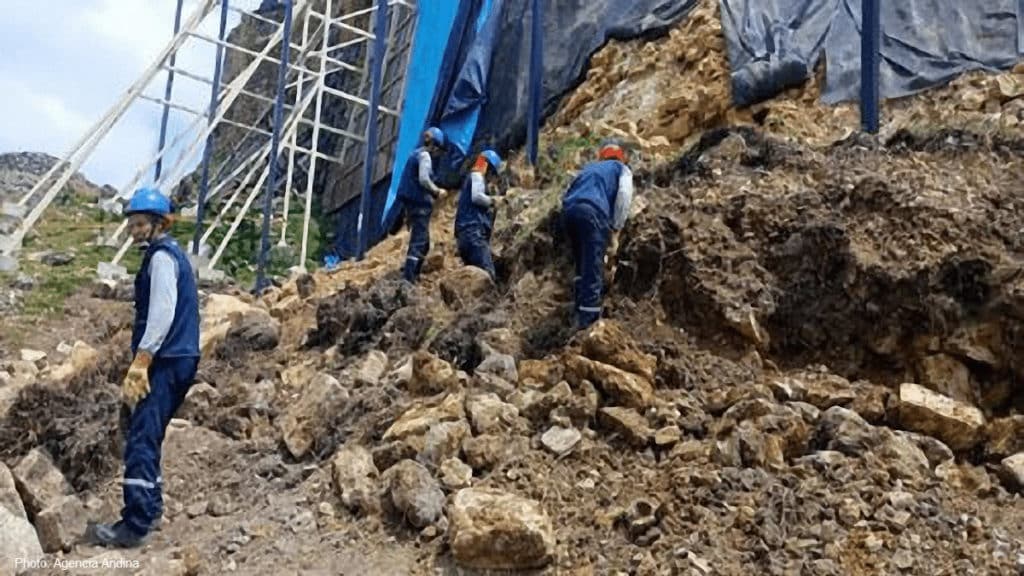
The Collapse and Urgent Response
After Kuelap’s closure, archaeologists and conservation experts mobilized to assess the damage.
Dr. Ivan Ghezzi of the University of Piura and Dr. Jacek Kościuk from the University of Warsaw, led an international team that used cutting-edge technology, including LiDAR, photogrammetry, electrical resistivity tomography, and seismic refraction, along with historical records and ground surveys.
They wanted to understand why a structure that had stood for over 1,000 years so devastatingly crumbled.
The scientists found that Kuelap’s southeast corner had been plagued by structural issues dating back to pre-Hispanic times. On top of that was years of poorly planned tourism development and increasingly severe rainy seasons driven by climate change.
That combination of natural and human-made factors — bedrock sloping in the wrong direction, deforestation, and even earlier repairs that trapped moisture behind the walls — all contributed to the fortress’s instability.
Strict Visitor Limits and Access
Besides the number of visitors being capped at 432 per day, tourists are now required to follow designated paths through and around the fortress to minimize wear to the ancient structures.
The “Llaqta” — the walled citadel that forms the heart of the fortress — remains the central focus of the tours, but access will continue to be tightly controlled to prevent further deterioration.
There are two types of entry tickets available:
- One allows access to the visitor center and surrounding areas, while the other grants entry to the Llaqta itself, where visitors can explore the circular stone houses and temples that define the site.
- The second option includes a guided tour along an 850-meter path that takes about an hour and 20 minutes to complete.
Admission prices range from S/30 (about $8) for international tourists to S/2 (about $0.50) for children under 12, with free entry on the first Sunday of each month for Peruvian citizens and foreign residents. However, visitors must reserve tickets in advance.

Conservation and Government Priorities
Kuelap, which is on UNESCO’s tentative list of World Heritage sites, is a top priority for Peru’s ministries of culture and tourism.
The site was a primary draw among Peru’s archaeological and tourist offerings prior the pandemic, receiving more than 104,000 tourists in 2019 alone, according to statistics compiled by Peru’s Ministry of Culture.
Since the wall collapse in April 2022 through September 2024, Kuelap has received a combined total of 116,163 visitors.
“For the Ministry of Culture, the care, preservation, and conservation of Kuelap is a priority,” said Fabricio Valencia Gibaja, Peru’s Minister of Culture, during a visit last month to the region.
“In Peru, there are 13 sites listed as World Heritage Sites, and Kuelap is on the indicative list, which is the step before being declared as such,” Valencia added. “Therefore, it is a priority to take care of it and conserve it.”

A Landmark of the Chachapoya Civilization
Kuelap, located in the Amazonas region of northern Peru, dates back to around 600 C.E. and was built by the Chachapoya civilization. Known for its towering stone walls and circular dwellings, the site sits at an altitude of nearly 10,000 feet (3,000 meters) in the Andean cloud forest. Its walls, which reach heights of up to 62 feet (19 meters), encircle hundreds of ancient structures, including houses, storage buildings, and temples.
The fortress is regarded as a major archaeological and cultural treasure of Peru, attracting both researchers and tourists who are captivated by its monumental architecture and dramatic setting overlooking the Utcubamba Valley.
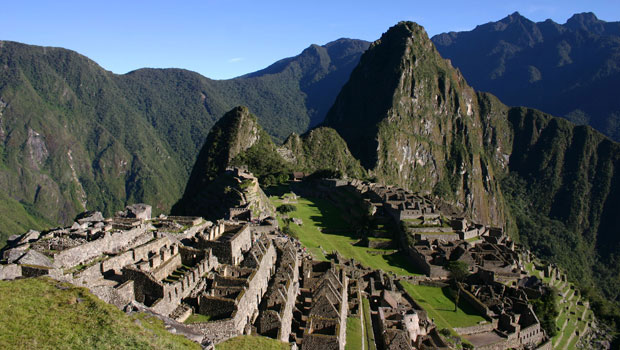 Machu Picchu closed to general public July 6-7 for 100th Anniversary bash
Machu Picchu closed to general public July 6-7 for 100th Anniversary bash 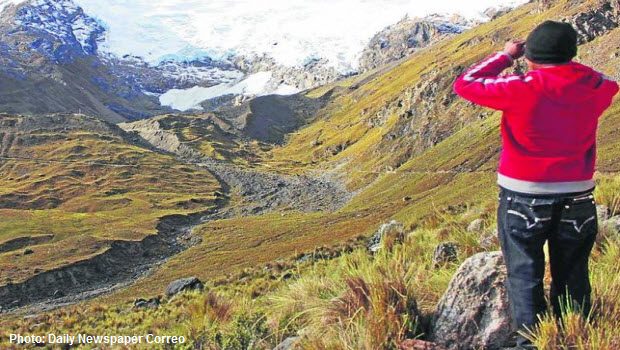 Huaytapallana recovery ~ a spot of good news on Peru’s melting glacier front
Huaytapallana recovery ~ a spot of good news on Peru’s melting glacier front 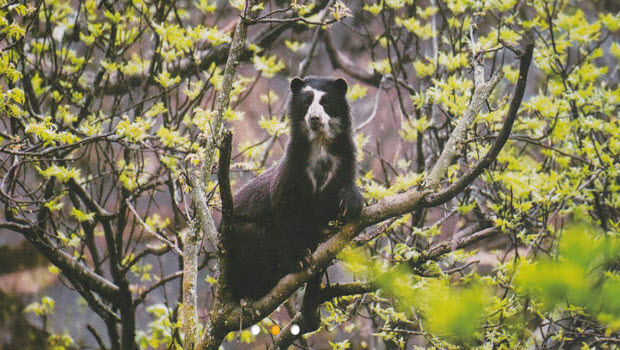 Top Five Wanderlust Wishlist for 2012
Top Five Wanderlust Wishlist for 2012 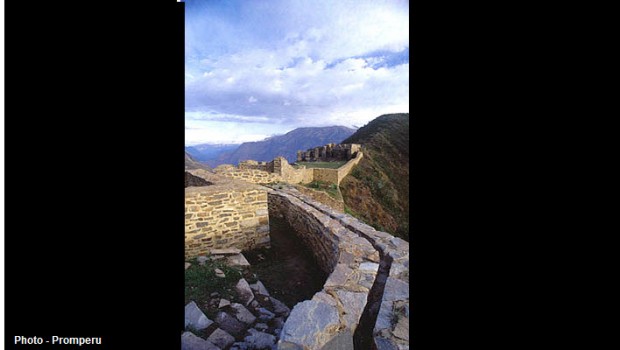 Cable Car to Choquequirao on the horizon?
Cable Car to Choquequirao on the horizon? 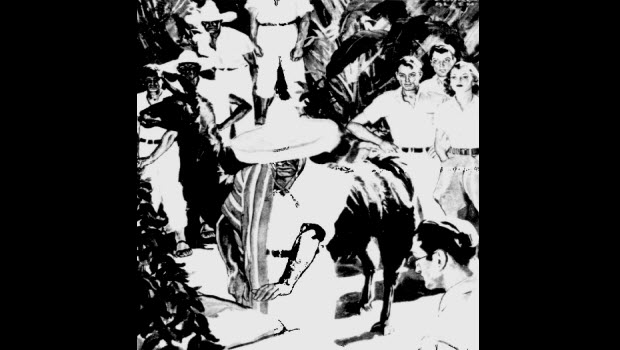 This Week Magazine: Inca Gold
This Week Magazine: Inca Gold  Mountain Biking in Cusco’s Back Country of the Inca
Mountain Biking in Cusco’s Back Country of the Inca 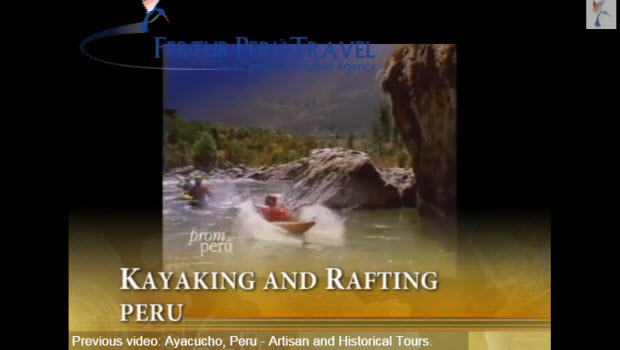 Check out Fertur Peru Travel’s new video on kayaking and rafting in Peru
Check out Fertur Peru Travel’s new video on kayaking and rafting in Peru